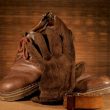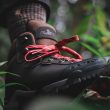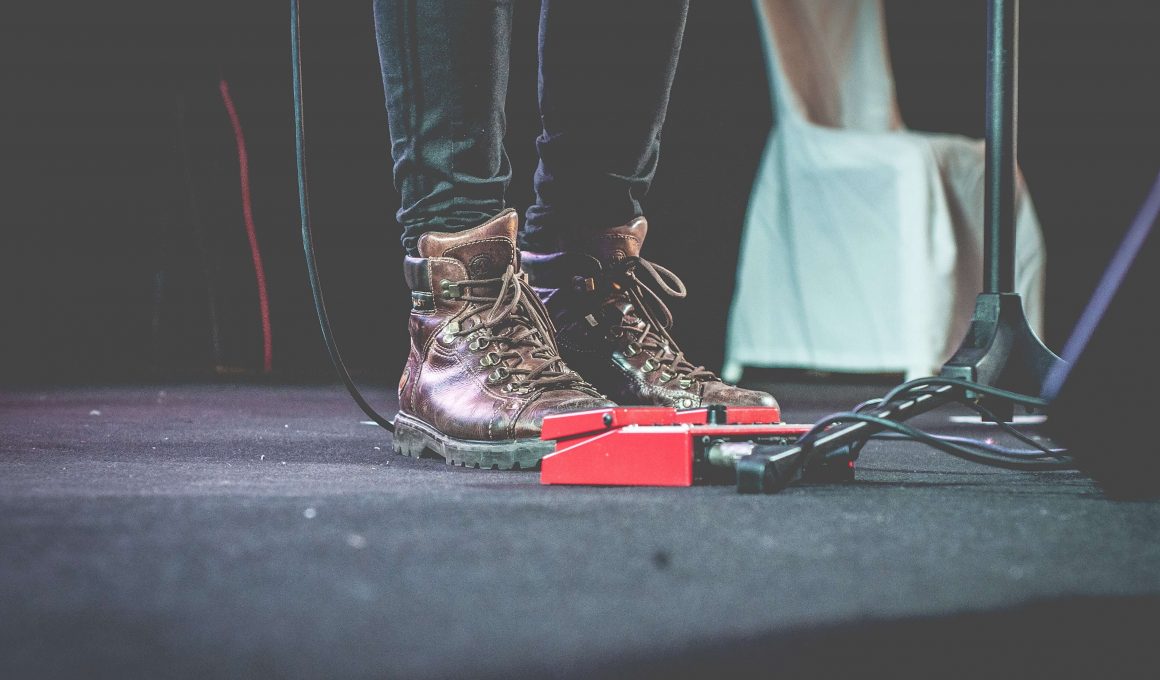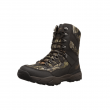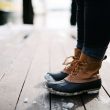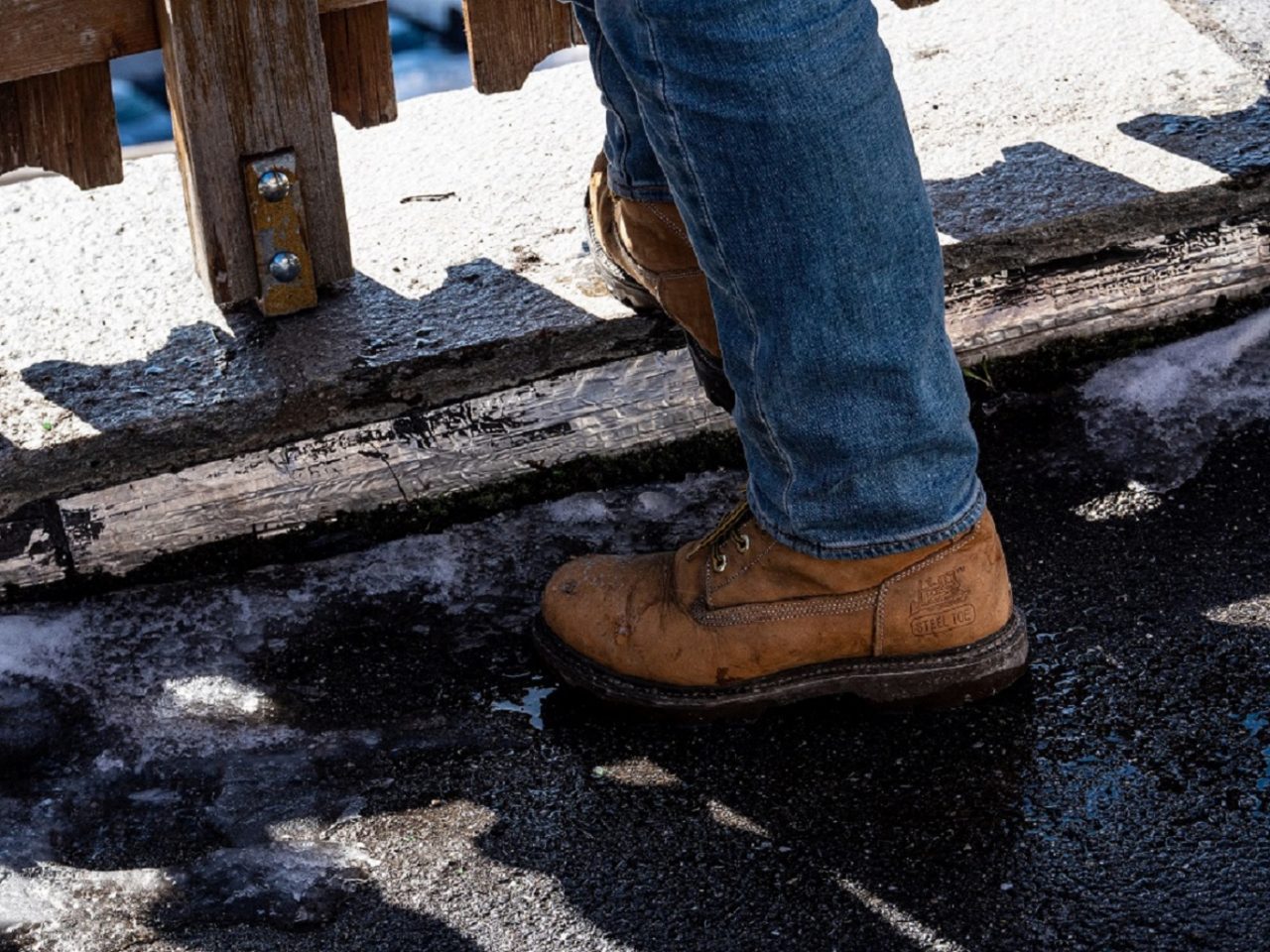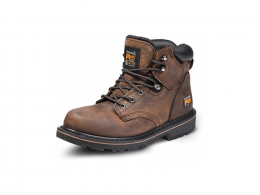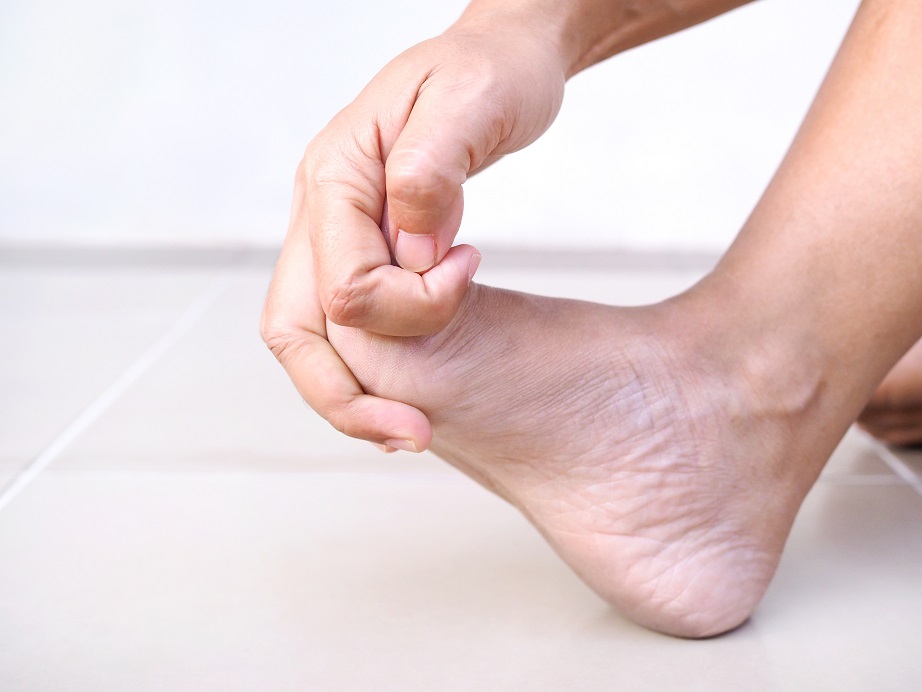Workwear Guru is reader-supported. When you buy through links on our site, we may earn an affiliate commission. Learn more
As a worker, you need to work in a comfortable environment, with the right wear, gear, and equipment.
You will spend most of your time on your feet, meaning your feet require a little extra attention. The shoes you wear will play a role in your comfort and safety, as they protect you from different objects you can step in or things that might fall on your feet.
History of Work Boots
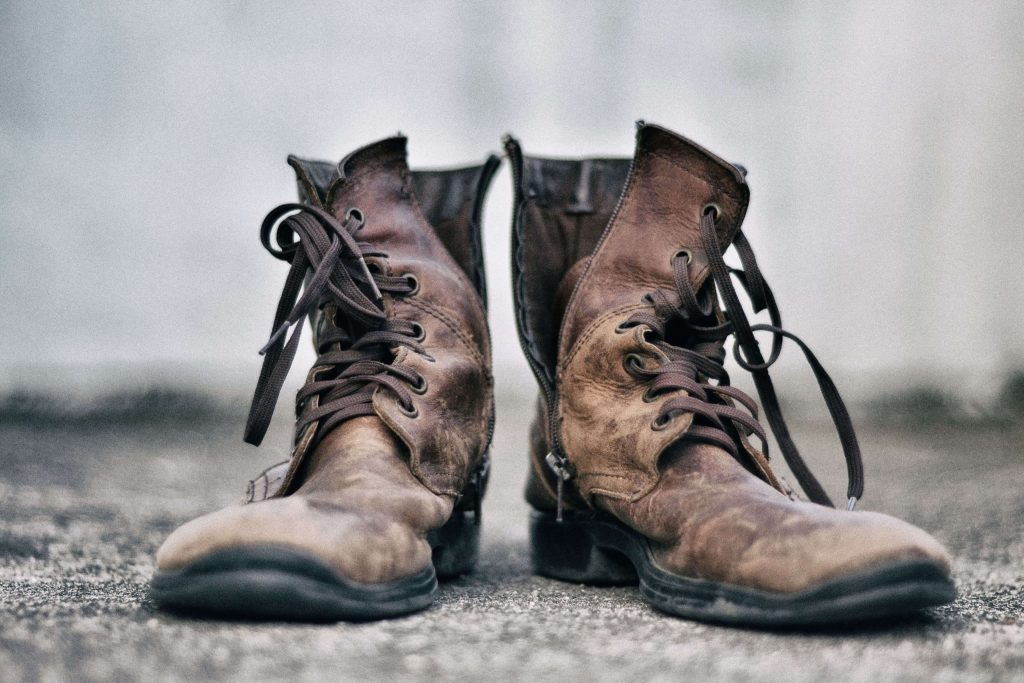
Different working environments meant various threats and dangers for the workers’ feet. It was dangerous to work barefoot, meaning you could step on harmful objects, or something might fall on your feet. In the early phases, people created a shoe called a “sabot,” a wooden shoe-shaped something like today’s crocks. A type of “wooden slippers,” you could say.
After that, leather shoes were created. But neither of these options were stiff enough for all types of harms on which workers’ feet were exposed.
During World War II, people started to manually install metal toe caps to their shoes to protect their toes. This kind of raised the debate on the importance of feet protection and overall safety wear.
Workers started to address safety issues at the beginning of the 20th century. In 1970, the US Congress enacted an Act that made safety equipment for all workers mandatory. We know it as the Occupational Safety and Health Act or OSHA. OSHA enforces standards for the workplace, and according to it, every worker should operate wearing safety equipment, including Work Boots.
Work boots began to improve in a wide range of shapes and styles and became a statement piece, not only protection-wise but also fashionable.
How should your work boots fit?
While trying to protect your feet, you might accidentally hurt them by causing blisters, bunions, hammertoes, ingrown nails, or other painful problems. That is one of the reasons your work boots should fit correctly and be comfortable.
When you shop for work boots, you should search for some that fit just right. They should not be too tight, either too loose or just tight enough to support your feet and maintain balance, but they should be loose enough for your toes to move comfortably without squeezing or rubbing with each other.
Check if you can fit your finger (meaning about half an inch width) between the base of your heel and the boot. Your heel will not rub with the boots to cause blisters, and also will not move up and out of the boot.
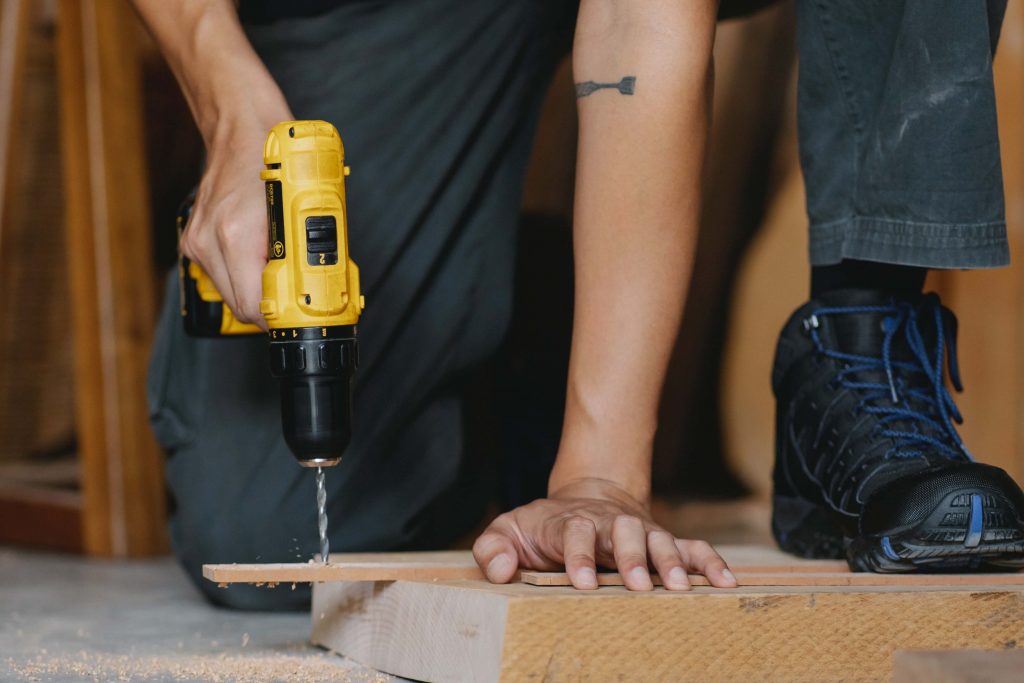
Why do my feet hurt after wearing work boots?
To protect your feet work boots are usually made from hard and stiff materials, such as metal. Your feet can hurt after wearing work boots for several reasons:
- The wrong size of the boots – if your shoes fit too tight or too loose, toes might be rubbing against each other or the walls of the boots, causing blisters and pain. The same happens with the heels.
- Poor support – if your work boots are not giving you the support you need, they will cause pain in your feet, legs, and back.
- Not wearing thick socks – wearing thin socks with work boots, makes your feet more vulnerable to the hard materials of the boots.
- Work boots are still new – your work boots will often hurt your feet until they break in and adjust their shape according to your feet.
To prevent these types of injuries, try adjusting the laces so your shoes fit well, wear thicker socks, put comfortable insoles inside your boots, use band-aids around your toes, or apply Vaseline to your feet.
How to treat sore feet?
Work boots can cause sore feet. Fortunately, there are a few ways you can soothe this condition at home.
Fill a small bottle with water, freeze it, and roll it with your foot. You can also try stretching your feet, or give them a massage. Apply vaseline or some natural oil to them. Chamomile, rosemary, and lavender essential oils are recommended.
Salt can be very helpful. Add some salt to cold water, and soak your feet for around 10 minutes.
Always maintain good hygiene.
If these remedies don’t work, consult a professional physician or a pharmacist, to suggest specific medicine you can take at the pharmacy or drugstore.

How to Make Your Work Boots Comfortable?
Work boots can sometimes be heavy and cause you pain, but fortunately, a few ways will help you make them more comfortable.
Taking care of your work boots
Maintaining your work boots will increase their durability, make them last longer, and make them more comfortable to be worn for a more extended time.
You should:
- Make your boots waterproof
- Oil and wax them
- Always untie your laces
- Wash your shoes thoroughly and periodically
- Dry them well
Wear the right socks
Your work boots will also feel most comfortable if you wear the right socks. Therefore, you should consider investing in the right socks to avoid any irritation, harshness, or friction to your feet.
Wool socks are probably the best choice to wear with work boots. They will keep your feet warm, dry, and comfortable. Also, cotton, cotton wool, or even thermal socks are a good choice.
Final Thoughts
If you have a pair of good shoes and take good care of them, you will have them for a long time, and your feet will thank you for that. You will spend a lot of time on your feet, and a lot of time working. So, investing in a good pair of work boots and taking good care of them, as much as you take good care of your feet, is necessary and mandatory.



